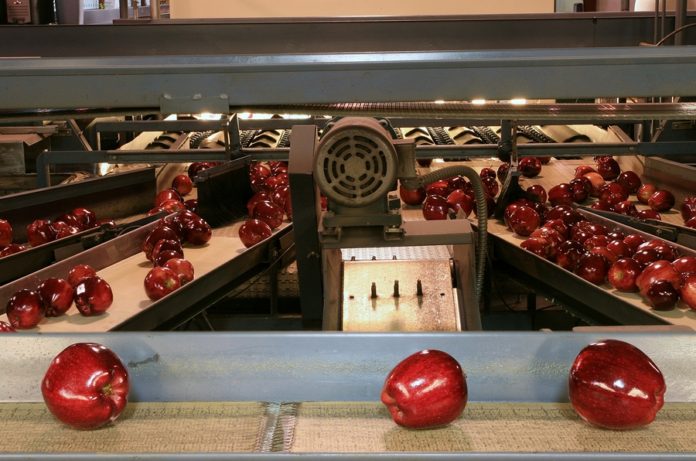
For small businesses, the compliance date for the FSMA Preventive Controls Rule for human food was September 18, 2017. For animal food, the compliance date is September 17, 2018.
FSMA defines small businesses as having fewer than 500 full-time equivalent employees.
But what exactly does that definition mean? What if your facility has a parent company — do those employees count in your FTE calculation? What about employees who aren’t involved in manufacturing, processing, packing, or holding food?
To help companies answer these questions, the FDA last week issued a draft guidance for small business on how to calculate FTEs. It includes definitions, calculations, and examples for different types of businesses, such as subsidiaries, affiliates, and franchises.
Here are a few of the key takeaways:
- FTEs are calculated by dividing the total number of hours of salary or wages paid directly to employees by 2080 hours (the number of hours of work in one year). That includes hours worked by all full-time, part-time, and seasonal employees. As this example from Registrar Corp shows, it’s possible for a facility to have only 150 full-time employees but still not qualify as a small business based on the total number of hours worked.
- If your company is a subsidiary of a parent company that also has other subsidiaries, whether or not you must count their employees depends on whether the parent company and other subsidiaries handle food. On the other hand, franchises that aren’t affiliates or subsidiaries only need to count their own employees.
- You need to count all employees in your legal entity, even employees who aren’t involved in covered food activities. For example, accounting, marketing, and retail employees must all be counted.
For more information and examples for several types of businesses, consult the draft guidance.







